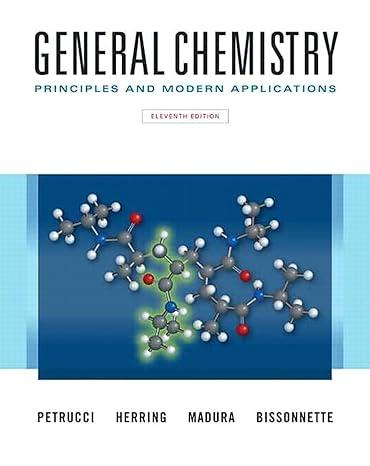Iron (Fe) is obtained from rock that is extracted from open pit mines and then crushed. The
Question:
Iron (Fe) is obtained from rock that is extracted from open pit mines and then crushed. The process used to obtain the pure metal from the crushed rock produces solid waste, called tailings, which are stored in disposal areas near the mines. The tailings pose a serious environmental risk because they contain sulfides, such as pyrite , (FeS2), which oxidize in air to produce metal ions and H+ ions that can enter into surface water or ground water. The oxidation of FeS2 to Fe3+ is described by the unbalanced chemical expression below.
FeS2(s) + O2(g) + H2O(l) → Fe3+(aq) + SO42-(aq) + H+(aq) (not balanced)
Thus, the oxidation of pyrite produces Fe3+ and H+ ions that can leach into surface or ground water. The leaching of H+ ions causes the water to become very acidic. To prevent acidification of nearby ground or surface water, limestone (CaCO3) is added to the tailings to neutralize the H+ ions:
CaCO3(s) + 2 H+(aq) → Ca2+(aq) + H2O(l) + CO2(g)
(a) Balance the equation above for the reaction of FeS2 and O2.
(b) What is the minimum amount of CaCO3(s) required, per kilogram of tailings, to prevent contamination if the tailings contain 3% S by mass? Assume that all the sulfur in the tailings is in the form FeS2.
Step by Step Answer:

General Chemistry Principles And Modern Applications
ISBN: 9780132931281
11th Edition
Authors: Ralph Petrucci, Jeffry Madura, F. Herring, Carey Bissonnette





